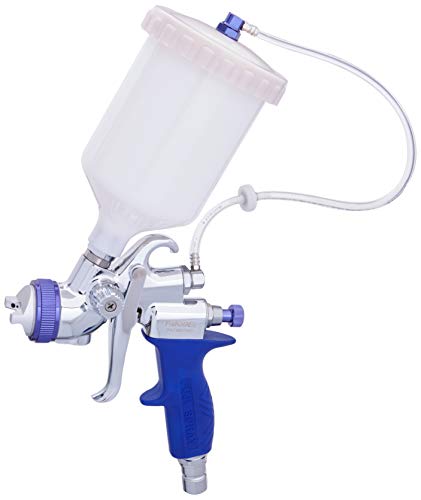

The final piece/performance is a culmination of the experience and knowledge gained over the semester. There are two related activities in the Refraction section of the Science Reasoning Center that will challenge students to employ close reading, data analysis, and logical reasoning. Science classrooms should be filled with reasoning activities. The Laboratory section of The Physics Classroom website includes several hands-on ideas that complement this Interactive. Simulations should always support (never supplant) hands-on learning.

Learners recognize that increasing the angle of incidence causes an increase in the brightness of the reflected ray and a decrease in the brightness of the refracted ray. Learners investigate the effect of the angle of incidence upon both the angle of refraction and the relative brightness of the reflected and refracted rays. The second activity sheet focuses the learner's efforts on understanding the dual behavior of reflection and refraction at the boundary between two materials. It is advisable to select the questions that fit best with the course curriculum and philosophy. It is not recommended that you assign every question to each student. And finally, learners can answer the question using the format of a claim (answer), evidence (references to collected data) and reasoning (use of logic to explain how the evidence supports the claim). Variables must be controlled others must be altered observations and measurements must be made. Several questions are presented and learners must determine a procedure for answering them.

The first activity sheet provided by The Physics Classroom provides learners with an inquiry-based activity.


 0 kommentar(er)
0 kommentar(er)
